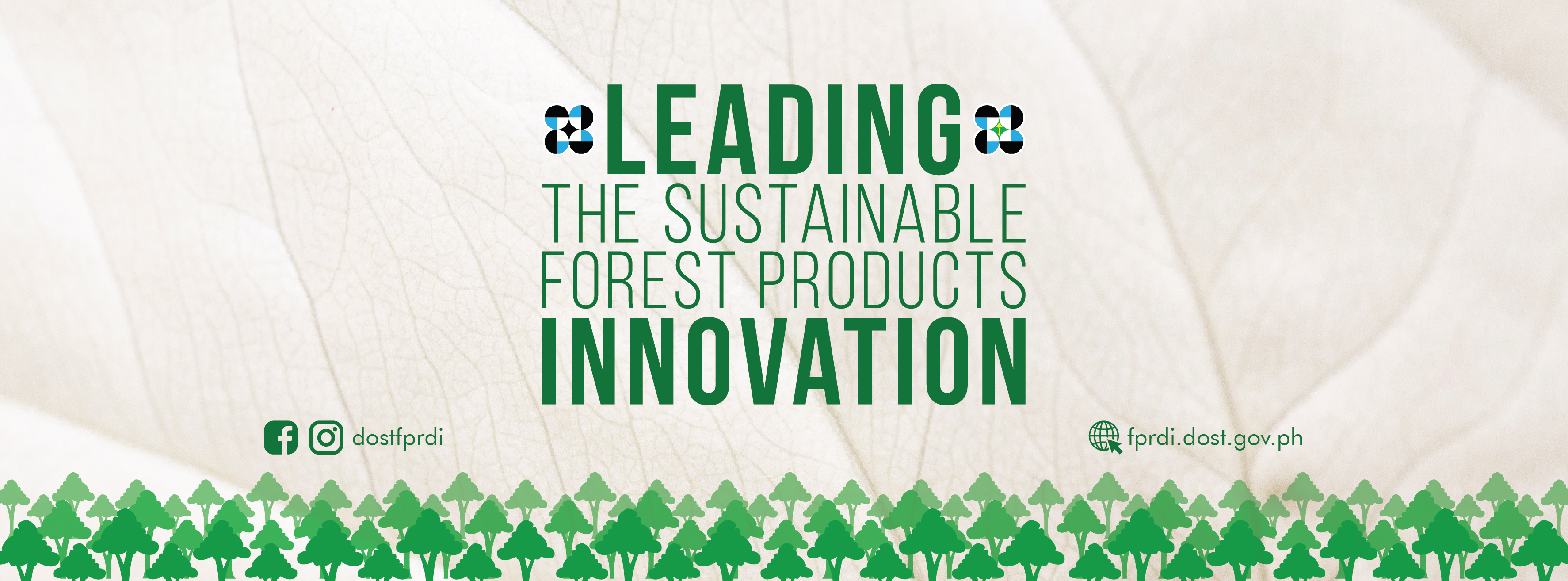DOST-FPRDI Conducts Consultation and Technoloty Demo for Los Baños LGU
- Details
DOST-FPRDI Conducts Consultation and Technology Demo for Los Baños LGU
May 29, 2015
DOST-FPRDI’s Mr. Calixto T. Lulo demonstrates the charcoal briquetting technology to officials of the local government unit (LGU) of Los Baños, Laguna during their visit to the Institute last 25 May 2015.
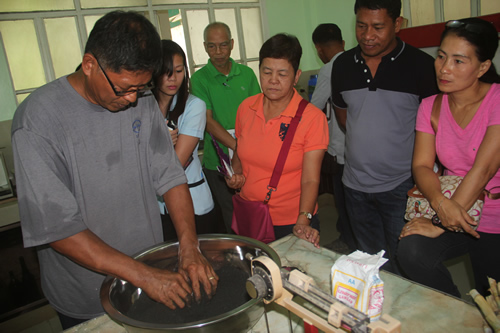
|
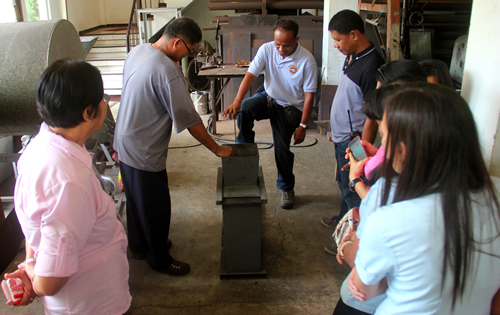
|
Ella Wins 2015 NAST Environmental Science Award
- Details
Ella Wins 2015 NAST Environmental Science Award
May 05, 2015
Forester Arsenio B. Ella, Scientist III, bagged last 22 April 2015 this year’s National Academy of Science and Technology (NAST) Environmental Science Award for his study “Enhancing the adaptive capacity of the indigenous peoples by promoting sustainable and community-based resin tapping of almaciga (Agathis philippinensis Warb.) in selected Certificate of Ancestral Domain Title (CADT) areas in Palawan and Sierra Madre, Aurora.” The finalists’ paper presentation and awarding ceremony were held at New World Manila Bay Hotel in Malate.
Ella’s co-winner was Dr. Severino G. Salmo III of Ateneo de Manila University who presented his paper on “Assessment of vegetation and soil conditions in restored mangroves interrupted by severe tropical typhoon ‘Chan-hom’ in the Philippines”. They received PhP50,000 each and a plaque of recognition from NAST, additional PhP50,000 from the Department of Environment and Natural Resources (DENR), and certificate of DOST Secretary’s Grant for the Environment of One Million Pesos for an approved research proposal.
DOST-FPRDI and DENR-ERDB host PBIDC Meeting
- Details
DOST-FPRDI and DENR-ERDB host PBIDC Meeting
April 08, 2015
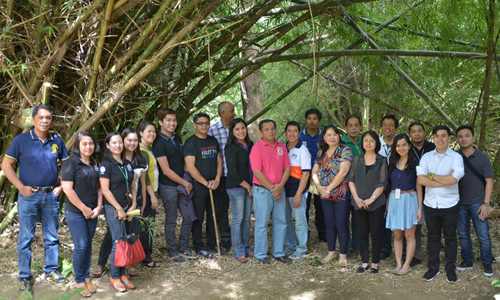
|
| Photo courtesy of DENR-ERDB (Ms. Ivy V. Belenia). |
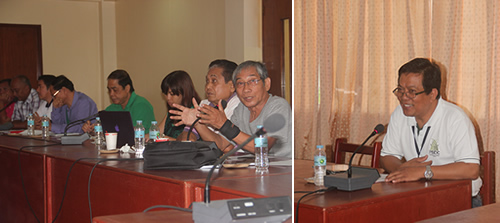
|



